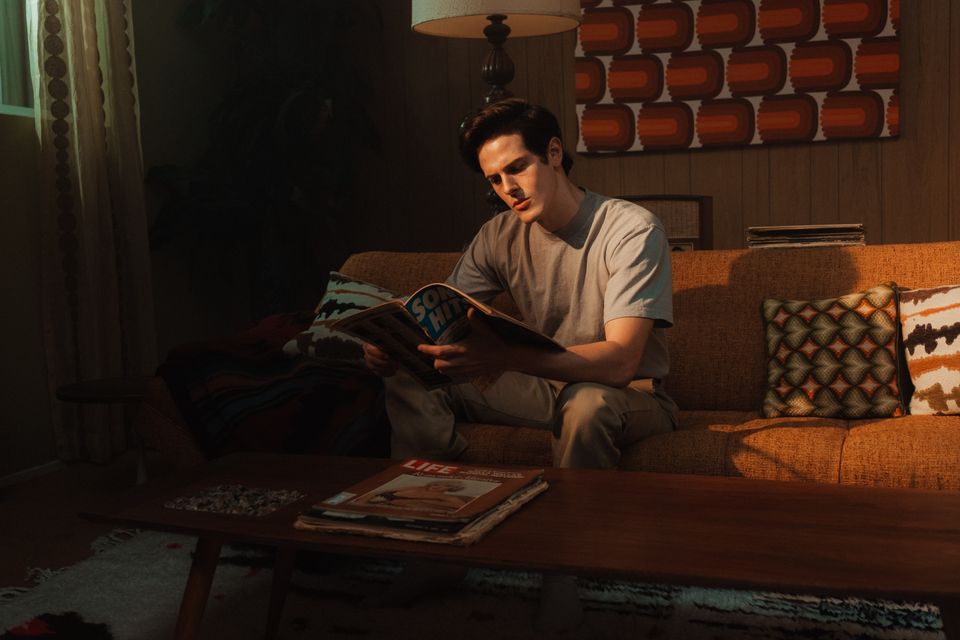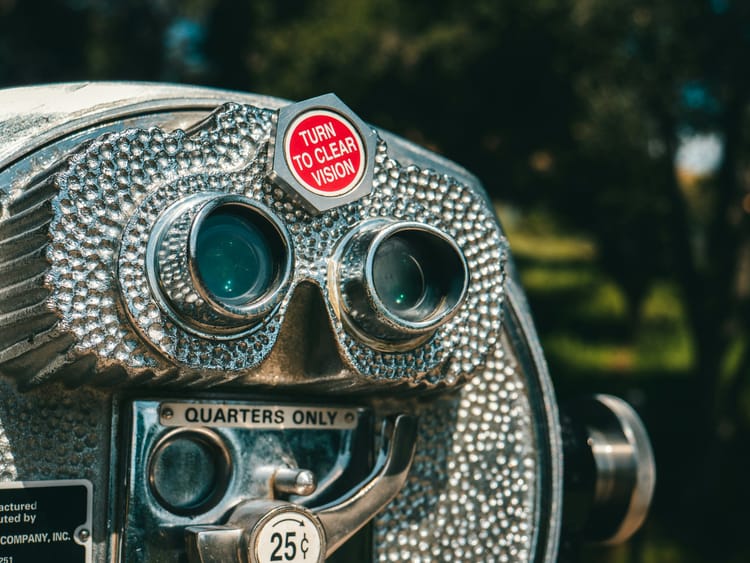Why vintage is better than new

If you've been reading this newsletter for a while, you know that I'm fixated with vintage objects.
I've tried to articulate their curious power in a piece about ABBA's stadium event in London and its striking resuscitation of the nineteen-seventies. I've attempted to explain the allure of obsolete tech and the retro glamour of ashtrays. I've even given you six tips on how to navigate a store full of mid-century marvels after the pandemic-induced paralysis of on-screen-only shopping.
I could go on and give you sensible reasons for adding some twentieth-century objects to your home:
- You're being a beacon of sustainability by choosing things already in circulation rather than feeding the newness monster.
- You're expressing your unique point of view by collecting rare finds and arranging them in sparkling vignettes – while evading the cookie-cutter sameness of your friends' interiors.
- You're being financially smart by acquiring things whose value will increase over time – as opposed to items that depreciate the moment you swipe your debit card.
Would any of these reasons really sway you, though?
It's more likely to be an emotional reason that draws you to remnants of the past. And no one has ever expressed it better than Don Draper in his three-minute pitch to Kodak execs, from the first-season finale of "Mad Men":
That "deeper bond" is what you're feeling when you lift a mid-sixties vase from a shelf and know it was waiting for your touch.
It's what you're feeling when you sink into a late-seventies armchair and are transported into a distant living room that in moments will become your own.
It's powerful even if you weren't born yet when the object came into being.
And it's what we'll continue exploring in this journey together.
"It's delicate...
but potent."
Affectionately,







Member discussion